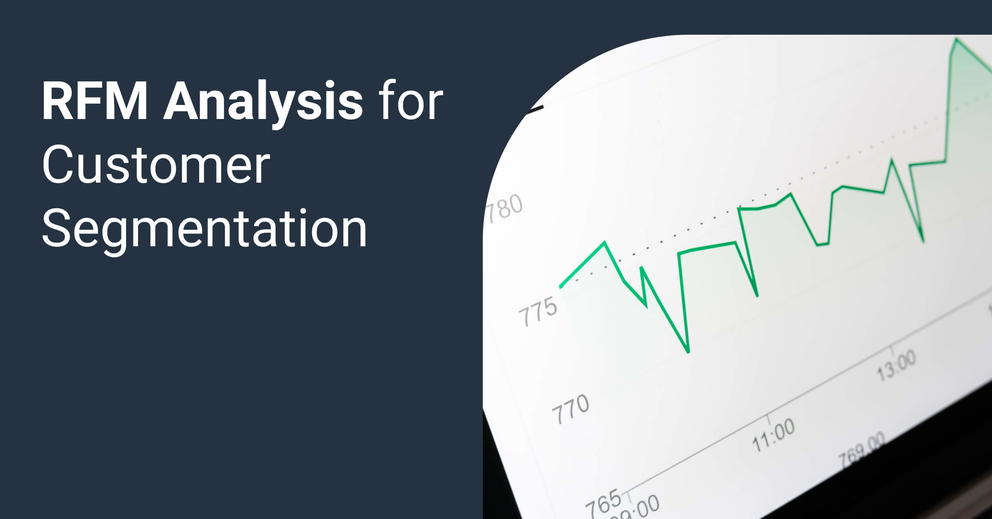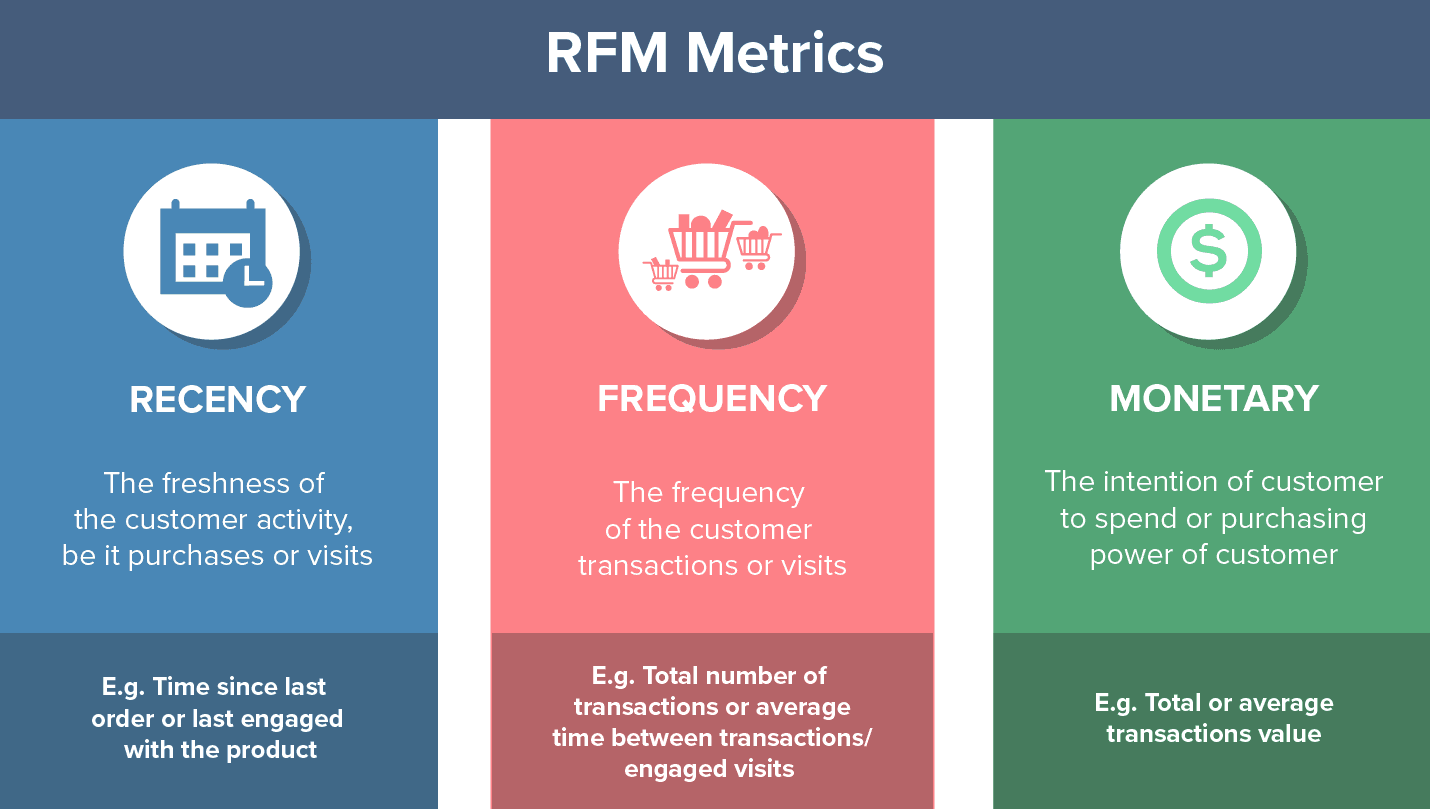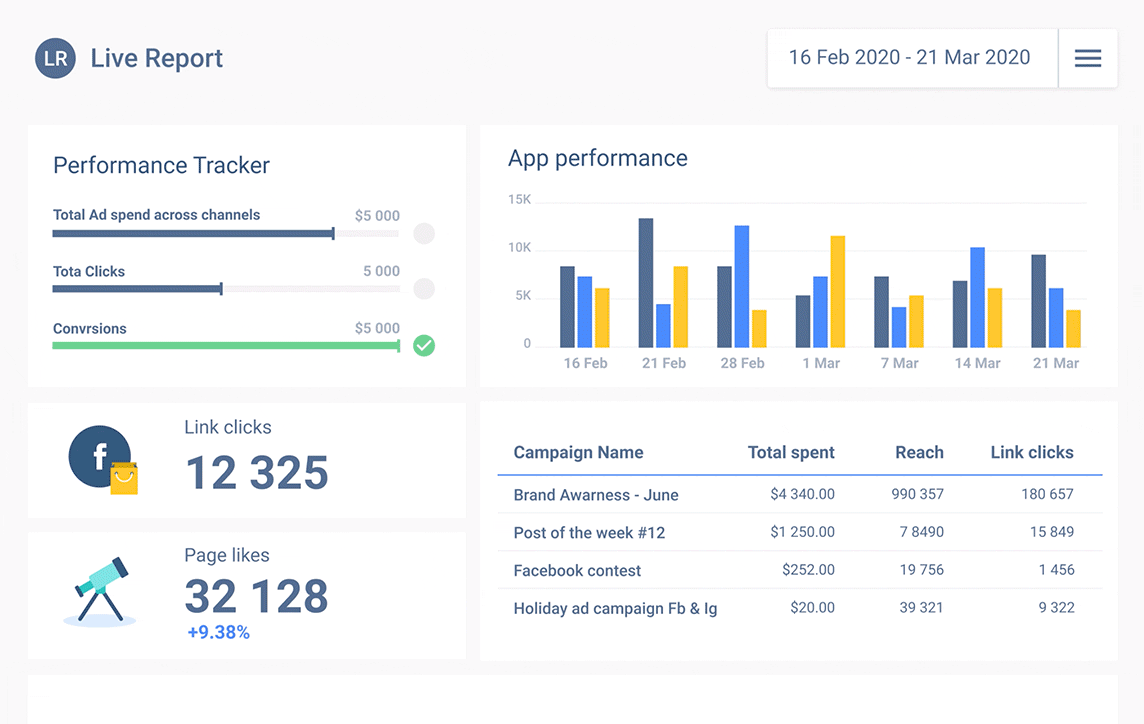Everything you need to know about RFM Analysis
Click-through rates (CTR), number of visitors, and conversion rate are all indeed important metrics for a website or an online store. However, those are all short-term gains or results, and in order to maintain revenue and to have stable cash flows, retailers need to focus on more important things.

Apr 26 2021 ● 8 min read

Knowing your clients or KYC practices is a glue that holds your business together and helps stabilize the revenue. This means having strong customer retention, a quality loyalty program, and a brand culture that helps you connect with your clients and make them feel respected. This can be achieved by simply segmenting your user base, into more specific demographics and having a specific set of strategies on how to approach those groups.
This also requires customer behaviour analysis, which will help you make more relevant decisions or obtain more accurate business intelligence. The method most commonly used to achieve these goals is so-called RFM analysis. Here we will explain in detail what RFM means, how it should be used, and what are the benefits of relying on it.
What Is RFM (Recency Frequency Monetary) Analysis?
RFM is an acronym for Recency, Frequency, and Monetary value, so the idea behind it is to represent core metrics of sales or customer values. In other words, it details customer behaviour based on when they made a purchase, how frequently they purchase your products, and how much they typically spend over the course of the customer's lifetime.
 Image source:https://clevertap.com/blog/rfm-analysis/
Image source:https://clevertap.com/blog/rfm-analysis/
Having an understanding of how customers typically feel, knowing what drives their purchasing decision, and knowing which demographic is more likely to make a purchase after they reach your website is extremely advantageous. This type of business intelligence helps you create more relevant customer incentives, or more targeted marketing, thus resulting in overall better conversion and better ROI.
In other words, RFM enables you to have a more personalized approach to your sales strategy, which increases the likelihood of making a sale and ensuring the customer keeps coming back.
Benefits of RFM Analysis
Recency frequency and monetary value are all KPIs that any retailer should pay close attention to, given how beneficial they can be. Basically, you can look at it like this:
- If a customer has made a recent purchase it can indicate that the customer is more responsive to the marketing strategies you are implementing.
- If a customer makes purchases frequently, it can indicate higher engagement and higher customer satisfaction with your services.
- If a customer makes large purchases it means it is a heavy spender, and your loyalty program should ensure that you keep that customer for a long time.
In other words, performing RFM analysis on your client base allows you to isolate more relevant segments of that base, and create a personalized campaign for those individuals. Moreover, you get insight into what approach works for certain demographics, which then helps you improve the conversion rate of your future ad campaigns. Finally, all of this translates into an increase in revenue and profit, which on its own is enough of a benefit to focusing on implementing RMF analysis.
How to Conduct Recency Frequency and Monetary Analysis
Regardless of what tool you are using for your RFM analysis the principle of how it is done does not vary much. You need to monitor customer behaviour and assign an ID to each of the customers you are monitoring.
So, you need to have a customer ID and track the recency or the last time the customer was active on your platform. Then you need to track how many purchases the customer made and the total amount of money he or she spent.
On their own, these results tell you overall customer satisfaction and how much money they are likely to spend. However, if you compare these results within the different contexts you can come up with all sorts of theories on how to maximize your sale efforts.
For example, you might see the pattern that most of your customers shop during the first week of the month or just a few days after a recent product update or a few days after you launched a new social media campaign. In other words, don't hesitate to add more context to this data as useful findings are likely to emerge.
Another important reason for you to conduct RFM analysis in this fashion and segment customers is so that you can assign them an RFM score. The scoring model is also pretty much universal, and it can help you create a customer value list. The idea is to separate these 3 KPIs and score each of them individually, and then add them together in order to get the final RFM score.
So those customers with more recent activity will be ranked at the top of the recency table and have the highest recency score. Those who purchase more frequently will have the highest frequency score, and those who spent the most money will have the highest monetary score.
In other words, those customers that rank high in all of those 3 categories will have the highest overall RFM score, and you should really focus on keeping those customers interested and make them feel appreciated.
Of course, there were just generalizations of the process, it is actually your business model, and type of merchandise that will determine how scoring will be calculated and how much value each of these KPIs will carry over into a final RFM score.
RFM Analysis Tools
There are multiple tools that you can use for RFM analysis, some are free like Google Sheets, whereas other tools that have a more streamlined process and better visualization options are subscription-based. One tool that can be very useful for performing RFM analysis is Whatagraph. 
Whatagraph is a tool with various data collection and analysis capabilities, and also has different integration options for e-commerce platforms like Shopify. So, you can set up your own RFM score points system, and as mentioned before you can analyze this data with different variables in order to get more accurate business intelligence.
Using these tools you can create customer segmentation, and act on some of the more pressing issues, therefore avoiding potential loss of profit down the line.
Segmentation of Customers Based on RFM Analysis
You should do RFM analysis and scoring on regular basis, as they will serve as a performance evaluation of your practices. Here are some of the key categorize on how you should divide your customer base using RFM score.
- Champions or Hard Core Fans - These are the consumers that shop quite often, and that spend a lot of money. This is what you are always aiming for and the number of users within this category is a reflection of how good you are doing, and can be used as a good basis for revenue projections down the line. The goal is to get as many people as possible into this category.
- Almost Hard Core Fans or Potential Loyalists - These are customers that don't shop as often and don't spend as much money as your "Champions." However, they have the potential to up their RFM score and you need to focus on this group and figure out how to make your service more appealing to them. You can do this by creating customer incentives aimed at them, send gifts, create a membership program with certain perks, etc. Basically, you need to crunch some numbers, see the potential revenue by converting them into more repeat customers and allocate enough budget for those campaigns.
- New Customers - This is a good metric to follow if you want to see just how effective your ad campaigns are. You need to know where these new users are coming from, find out more about their demographic, and create offers that will turn them into more than just one-time customers. As a result of recent activity, these customers will have a high RFM score, so the idea is to keep the users within this RFM segment high on the list, by making them earn points in other categories. In other words, turn that single customer purchase into multiple purchases on a monthly or weekly basis.
- "Don't Lose Me" - Customers who used to shop regularly or frequently, but now they are barely active on your platform. So, in order not to lose them completely you need to come up with reactivation campaigns. For example, subscription-based video games do this by giving their players who were inactive for a long time, some free in-game time, just to make them remember all of the good times they had playing the game. Another reason why they might be leaving is competition, which might also affect customers within other RFM segments.
This segmentation can be quite useful, and learning more about your customer base is essential for a higher customer retention rate. So, if you wish to get some feedback from champions, ask them to do a survey and offer some bonuses for their efforts. If you know exactly what you are doing right with that customer group, you can try to replicate the same process with other customer groups.
Conclusion
In order to stay relevant, you need to monitor recency frequency and monetary value, but at the same time, you need to keep up with the trends in your industry. Meaning, you will also have to analyze your competitors, because if the most loyal customers might make a shift if they have a way better offer.
This is another reason why you should create a brand culture and maintain active communication with your customer base, and different customer segments. The best way to meet their expectations is to know what they expect and what improvements they would like to see. Nowadays, most of the projects are community-driven, and if customers feel like they are a part of the project they are also more likely to support you and remain loyal.
It's true that data analysis is one of the pillars of decision making but often we can view correlation as causation and miss the mark. By isolating your segment of loyalists and asking them what they want you can't miss them, and they are more likely to recommend you which is the most potent type of marketing.
Published on Apr 26 2021

WRITTEN BY
Indrė Jankutė-CarmaciuIndrė is a copywriter at Whatagraph with extensive experience in search engine optimization and public relations. She holds a degree in International Relations, while her professional background includes different marketing and advertising niches. She manages to merge marketing strategy and public speaking while educating readers on how to automate their businesses.